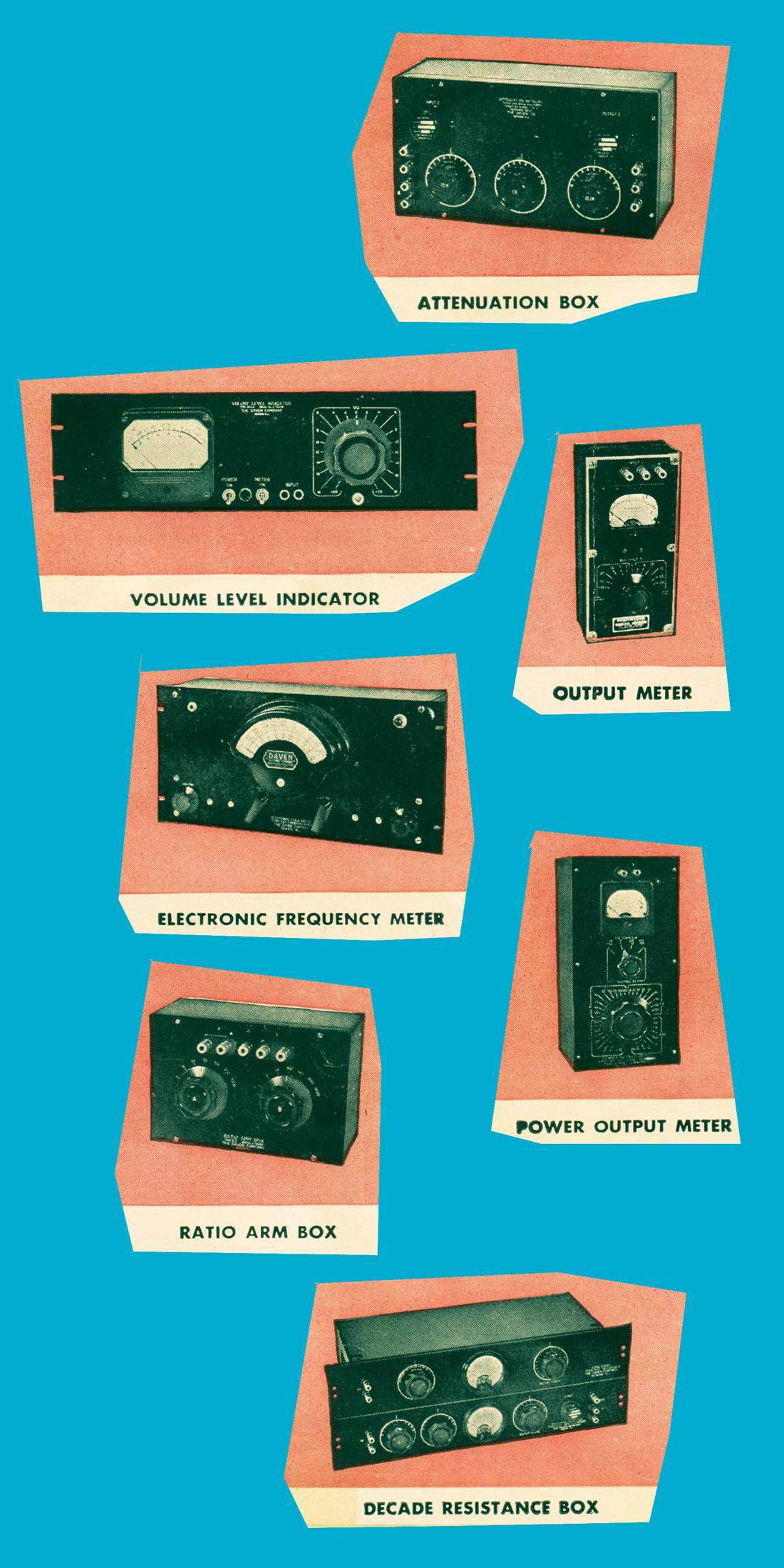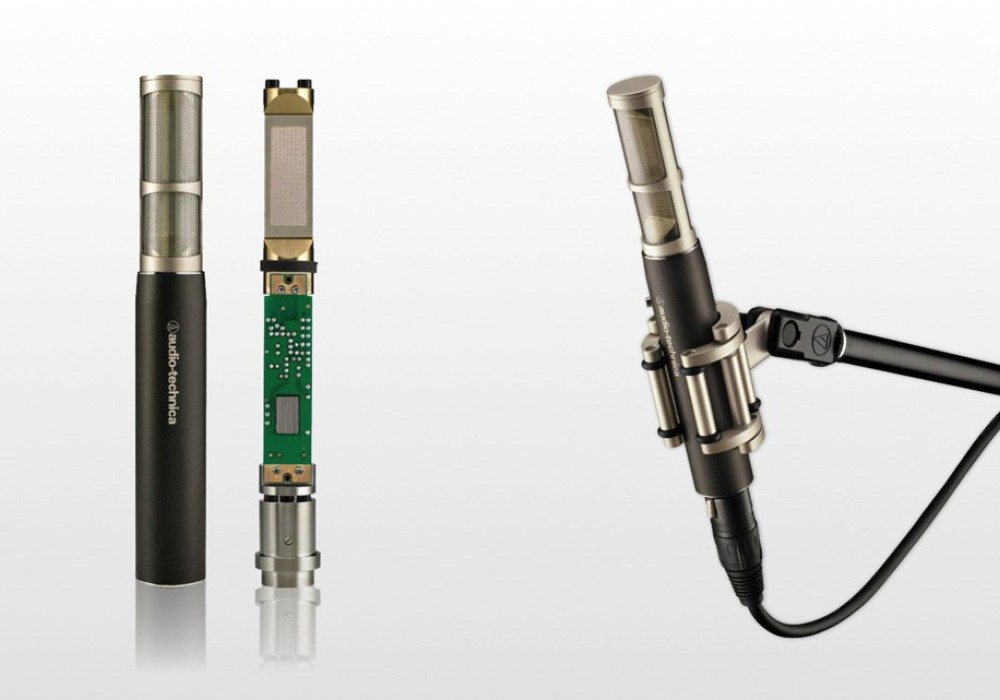For this review, I auditioned four Monoprice 600700 front- address condenser mics and a pair each of optional 600701 omnidirectional and 600702 hypercardioid capsules. The 600700 mics are sold in pairs with cardioid capsules included. Overall, Monoprice has delivered another incredible sonic bargain, and with a 30-day guarantee, it's hard to go wrong. I do have some reservations about the mechanics of these mics, which I'll explain first, but keep reading to understand why I found workarounds - and ultimately kept the mics for their appealing sonics and flexibility.
Out of the box, the capsules were impossible to screw onto the mic bodies. Removing the factory-installed cardioid capsules revealed that the machining was so rough that grinding could be heard and felt while turning the capsule. Worse - once removed, I could not get them back on. In fact, I couldn't get any of the eight capsules onto any of the four mic bodies! I resorted to treating the threads with what I thought was a tiny amount of Tri-Flow lubricant - the stuff I put on my bicycle chain. This fixed the problem, but I kept getting trace amounts of oil on my hands when switching capsules. Moreover, one of the mics had a paint job that had spilled onto the capsule threads and into the capsule. I spent 10 minutes scraping this out. Additionally, the included mic clips have plastic threads instead of threaded metal inserts. It took one brief attempt mounting a pair of the mics on an X-Y bar to strip the threads on one of the clips. The clamp itself is tapered whereas the mic is not, so the mics look awkward in these clips anyway. My advice is to recycle the included mic clips and factor in the cost of replacements. I'm using Audix DCLIPs with my 600700s, but you can find decent, metal-threaded mic clips on Monoprice's website for less than $2 each [Tape Op #96].
Regarding the sonic performance of the 600700, however, I am really happy - giddy even when I consider the cost of these mics and capsules. I have not tried every cardioid SDC mic on the market, but it's obvious that there are several brands with comparable mics for around $50 more than these. However, there was no mention of swappable capsules in any mic I saw remotely close in price to the 600700. For me, this is where the real value is. For less than $200, you can have a good sounding pair of mics with cardioid, hypercardioid, and omnidirectional capsules.
I tried all three capsules on tenor male voice for a folk song. All would have worked, though the omni was hearing too much of the less-than-ideal room we were in. The cardioid was okay, but in this case too muffy, and it heavily accentuated plosives, even with a pop filter in use. The hypercardioid sounded really good, reminding me of ribbon mics but with more of a "being there" quality on playback. It was picking up some minor plosives, but not as badly as the cardioid - and nothing that couldn't be fixed with some DAW tricks. All of the capsules were too bright for an alto-soprano female vocalist. I could have tempered with EQ, but we ended up choosing another mic that wasn't as bright.
All three capsules with the 600700 can handle close mic'ing a drum kit and would be a good option over dynamic mics for a jazzier sound, even with individual mics on all of the drums; they do capture more bleed - and sound more realistic - than your standard dynamics do. The omni, especially, sounded good on the side of a snare drum. When I did a shootout of a pair of 600700 mics with their cardioid capsules versus a pair of 600800 LDCs [Tape Op #96] as drum overheads, the mics were a little hard to tell apart at first. It became apparent that the 600700 has a more extended high end and could have slightly more bite on cymbals, which was not always pleasant compared to the 600800. This observation was backed up by my own frequency sweep traces and impulse response measurements. While I liked the 600800 better for overhead duties, it should be noted that a pair of 600700s is $50 cheaper than a pair of 600800s, and subtractive EQ could be applied to the brighter 600700 to match its frequency response to the 600800. Also, the 600700 overheads could hear the kick drum a little bit better, so it might be a better choice if you aren't close-mic'ing the drums.
Acoustic guitar and upright bass both sounded pretty good, not beating my current favorite mics for these sources, but I would not hesitate to use the 600700 on either. I checked noise by ear, comparing the 600700 to Audio-Technica AT4051 cardioid and AT4050 omni mics, as well as an Audix F15 cardioid - on all of the aforementioned sources. In practice there was no discernible difference in self-noise between the mics.
I loaned my whole 600700 kit to a filmmaker who needed to record the sound of a party scene. He used the cardioid capsules in an A/B configuration. I heard the recording and thought they worked really well.
The pickup pattern of a single-diaphragm condenser is determined by venting in the back-plate behind the diaphragm. On the 600700, there are holes on the sides of the mic body that allow the vents of the capsules to work. The venting pattern is different for the cardioid versus hypercardioid capsules, and the omnis are unvented. There is a Shure mic that converts from cardioid to omni by mechanically covering the vents. I tried taping the holes on a 600700 body with a cardioid capsule mounted, and comparing that to an untaped 600700 with the omni capsule, and they sounded the same - a note to the money-wise if you want to forgo spending $50 on a pair of omni capsules.
I measured frequency sweeps and impulse responses for all four mics as they came out of the box with cardioid capsules from the front and back, and all four cardioid capsules on one mic body, and all four mic bodies with one cardioid capsule. I repeated this a couple of times and determined that if you grabbed any three of these mics, two of them would be matched within 2 dB of each other throughout every part of the frequency spectrum, qualifying as a matched pair by most manufacturers' specifications. I took the two most closely matched capsules and paired them with the two most closely matched mic bodies. Measuring those, the traces were within about 0.5 dB throughout most of the spectrum, even given that I don't have a proper laboratory testing environment. This is commendable engineering at any price. Since Monoprice has a 30-day guarantee, if you're a stickler for perfection, you could in theory buy two or more pairs, pick the two most closely matched specimens, and return the others.
There is a standout reason, however, that I am not returning anything. While recording my VOX AC4TVmini tube amp. I wanted to try all three capsules, so for convenience, I put three mics on a triple mic bar with the intention of shifting the boom for the recording of each capsule. On the first try, I recorded all three at once. They were about 1'' apart, centered on and directly facing the 4'' speaker. With the amp in full overdrive and no pedals, this ended up being the thickest, creamiest, coolest, and most neener-neener-I-have-the-Holy-Grail-now rock guitar tone I've ever recorded. By changing relative levels of the three mics, there were infinite variations. I would never have thought to try this. Best of all, the total cost of the mics for this tone was around $250.





_disp_horizontal_bw.jpg)